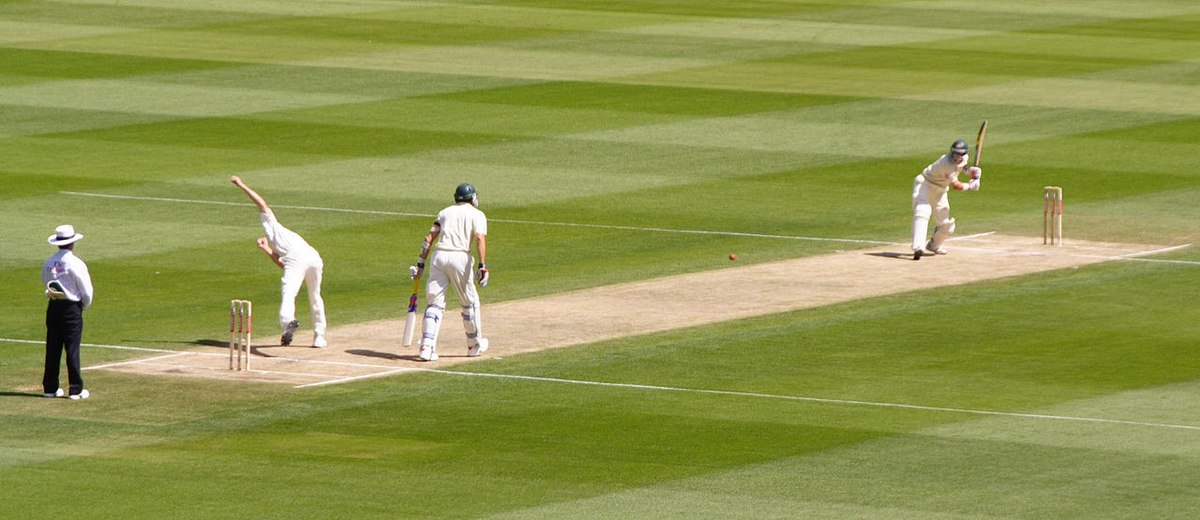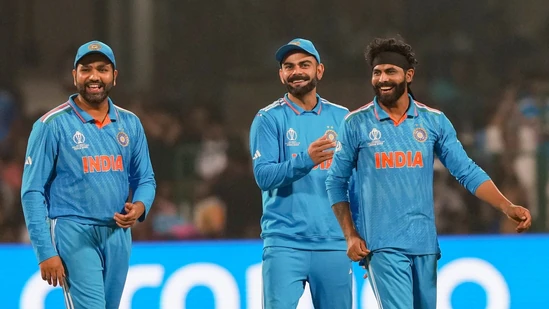Cricket is one of the most popular sports in the world, well, atleast in the cricketing world. It has gone through many changes and evolutions since its inception. Technology has been at the forefront of these changes, bringing new innovations to the sport and changing the way it is played, watched, and managed. The impact of technology on cricket has been profound in recent years, leading to improvements in player performance, fan experience, and match officiating. In this essay, I will explore the impact of technology on cricket and its influence on various aspects of the game.
Instant replay technology
One of the most significant changes brought by technology is the introduction of instant replay technology. Umpires and referees now have the ability to make informed decisions about close calls and appeals for catches, run-outs, and stumping by using video footage. At the beginning, certain umpires were reluctant to use this innovation. The most famous being Steve Bucknor. He was adamant that he will never call for the third umpire to adjudicate on run-out. One such decision during the very first series the technology was introduced. Bucknor refused to refer to the third umpire on Jonty Rhodes’s run-out. It was a poor decision and it changed the entire game. Rhodes went onto to score a fighting 91 and South Africa won that Test.
In addition, instant replay technology has helped players and fans to analyse and understand the sport better. The use of slow-motion replays and high-definition cameras has enabled players to identify flaws in their technique and make necessary adjustments, while fans can get a closer look at the sport and appreciate the finer points of the game.
The Decision Review System
Another major impact of technology on cricket has been the introduction of the Decision Review System (DRS). The DRS is a tool that allows players and umpires to review and overturn incorrect decisions made during a game. This technology has significantly reduced the number of incorrect decisions made and has improved the accuracy of umpire calls. Furthermore, the DRS has helped to eliminate disputes and debates about the game, leading to a more fair and enjoyable experience for all involved.
One of the most significant technological advancements in cricket has been the use of Hawk-Eye, a computer system that tracks the path of the ball and makes predictions about its trajectory. Hawk-Eye is used in most international matches to aid umpires in making decisions about lbw (leg before wicket) and caught behind dismissals. Its accuracy has reduced human error and improved the overall fairness of the game.
Additionally, tools like Hot Spot and Snicko, which use infrared cameras and audio recordings to track the movement of the ball, have been instrumental in determining close decisions such as edge, nicks, and thin edges.
One thing that must be eliminated from the DRS is the “Umpires Call”. If the ball goes onto hit the stumps, even a miniscule part of it, it must declared as out. I do realise that this is still in the game because technology cannot predict the trajectory of the ball 100% but this must go. Atleast it is improved now. Previously, only if 50% of ball hits the stumps, will the batsman be declared as out. Now, it is reduced to 25%.
The experience of the fans
The use of technology has also revolutionized the fan experience of cricket. Live streaming, instant replays, and scorecards have made it easier for fans to follow the game, regardless of location. Fans can also access a wealth of information about the players and teams, such as statistics, player profiles, and news updates, making the game more accessible and engaging.
However, there has been some criticism of the over-reliance on technology in cricket.
Some argue that the use of technology has reduced the human element of the game, taking away the natural intuition and judgement that umpires bring to their decision-making. Additionally, some argue that the reliance on technology has made the game more predictable and less spontaneous, taking away some of its excitement and unpredictability.
Despite these criticisms, the overall impact of technology on cricket has been overwhelmingly positive. Technology has improved the quality and accuracy of decision-making, the performance of players, and the fan experience. As technology continues to evolve, it is likely that cricket will continue to benefit from its advances, making the sport even more exciting and accessible for fans around the world.
Improving the performance of the players
Another major technological development in cricket has been the use of performance analysis tools. These tools help players and coaches identify strengths and weaknesses in their performance, as well as their opponents. They include metrics such as batting average, strike rate, run-rate, and field placement, which help players make more informed decisions about their approach to each delivery.
Wrapping up the impact of technology on cricket
In conclusion, technology has had a significant impact on cricket, leading to improvements in player performance, fan experience, and match officiating. The use of performance analysis tools, instant replays, and computer systems like Hawk-Eye have made the game more accurate, accessible, and engaging. While there are some concerns about the over-reliance on technology, the overall impact of technology on cricket has been positive and is likely to continue in the future.



